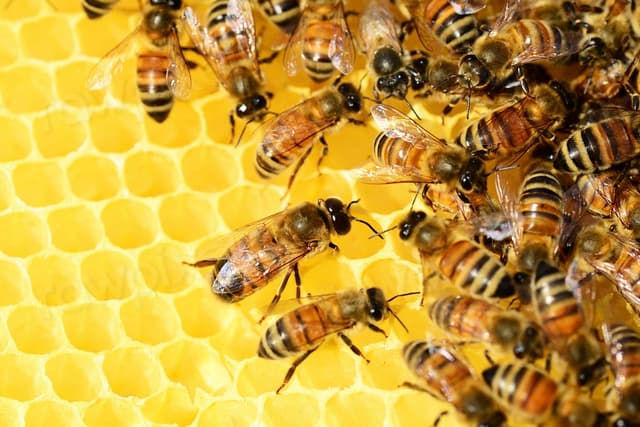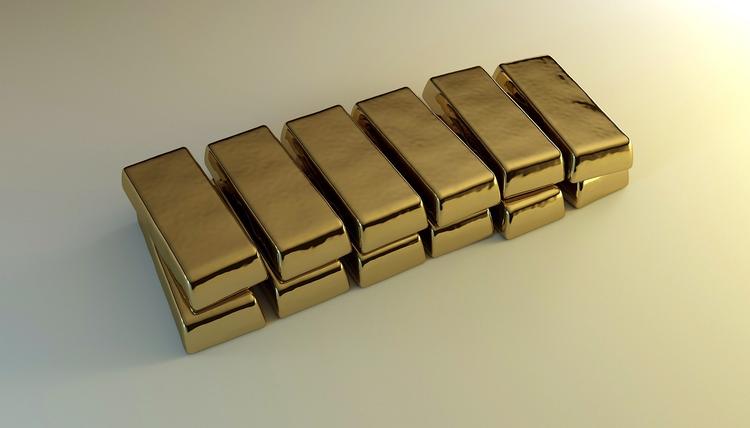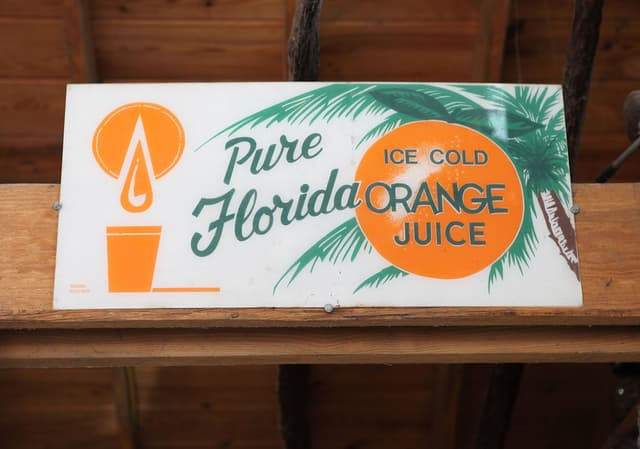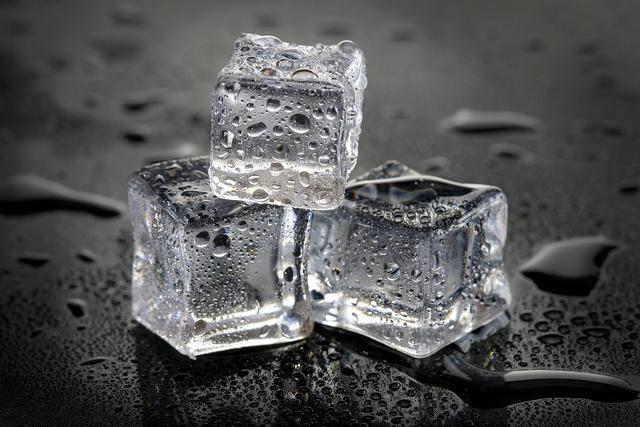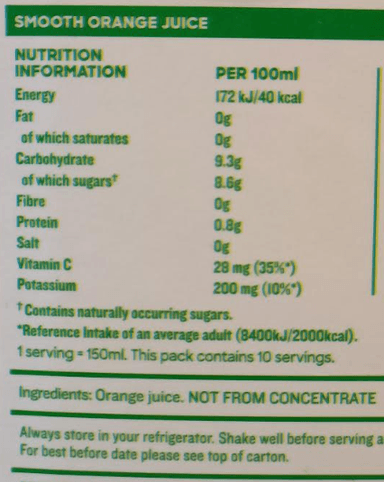

Pure substance
I can describe what a pure substance is, and identify a pure substance from melting and boiling point data.


Pure substance
I can describe what a pure substance is, and identify a pure substance from melting and boiling point data.
These resources will be removed by end of Summer Term 2025.
Lesson details
Key learning points
- A 'pure substance' in chemistry is a single element or compound not mixed with any other substance.
- The definition of 'pure' means something different in its everyday usage.
- Pure elements and compounds have specific melting and boiling points.
- Melting point data can be used to recognise substances with specific melting points as pure substances.
Keywords
Pure substance - A pure substance in chemistry is a single element or compound that is not mixed with any other substance.
Property - A property is a feature or characteristic of a substance that can be used to classify it, or describe how it behaves.
Common misconception
Pupils can struggle to decide on the scales needed for an axis on a graph.
Suggest a suitable scale that will fit on the graph paper they will use or use a computer to draw graphs.
To help you plan your year 10 combined science lesson on: Pure substance, download all teaching resources for free and adapt to suit your pupils' needs...
To help you plan your year 10 combined science lesson on: Pure substance, download all teaching resources for free and adapt to suit your pupils' needs.
The starter quiz will activate and check your pupils' prior knowledge, with versions available both with and without answers in PDF format.
We use learning cycles to break down learning into key concepts or ideas linked to the learning outcome. Each learning cycle features explanations with checks for understanding and practice tasks with feedback. All of this is found in our slide decks, ready for you to download and edit. The practice tasks are also available as printable worksheets and some lessons have additional materials with extra material you might need for teaching the lesson.
The assessment exit quiz will test your pupils' understanding of the key learning points.
Our video is a tool for planning, showing how other teachers might teach the lesson, offering helpful tips, modelled explanations and inspiration for your own delivery in the classroom. Plus, you can set it as homework or revision for pupils and keep their learning on track by sharing an online pupil version of this lesson.
Explore more key stage 4 combined science lessons from the States of matter unit, dive into the full secondary combined science curriculum, or learn more about lesson planning.

Equipment
Paraffin wax, salol or other pure substances that give good cooling curve results, boiling tube, thermometer, water bath to melt substance, stop clock.
Content guidance
- Risk assessment required - equipment
Supervision
Adult supervision required
Licence
Starter quiz
6 Questions
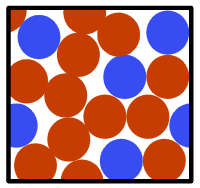
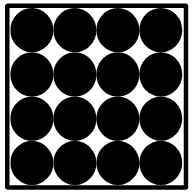
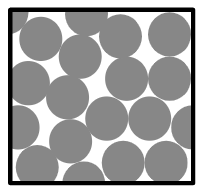
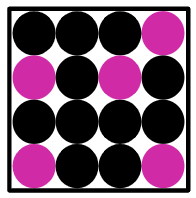
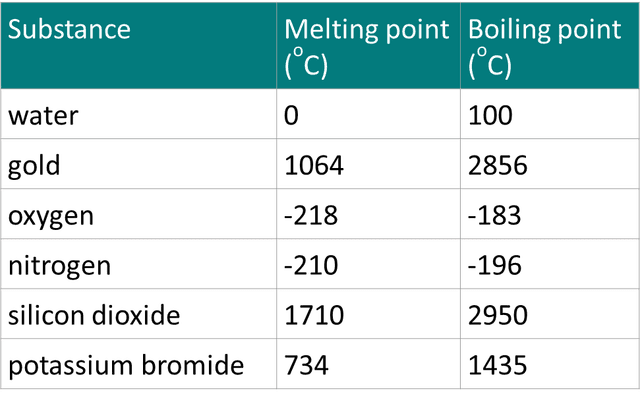
Exit quiz
6 Questions
